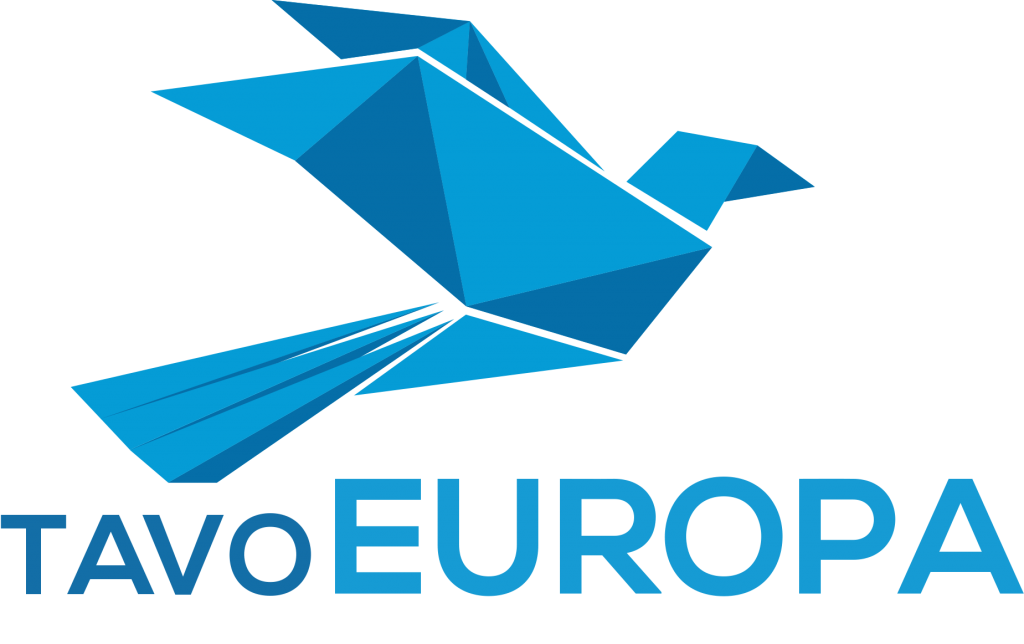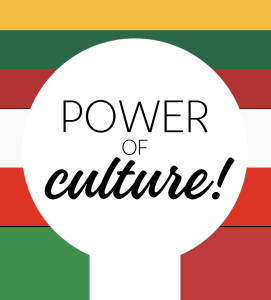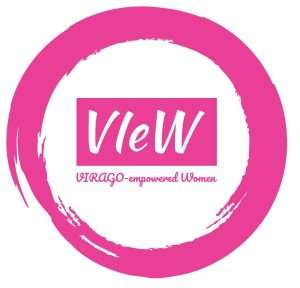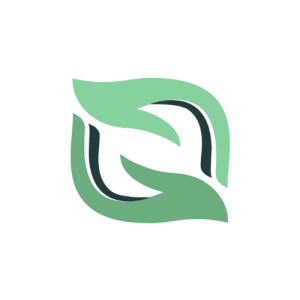As discussed in our previous blog post on this subject, linked open Data or LOD is an online development— part of the semantic web— which has the potential to be hugely impactful for the cultural and educational sectors in particular. As we introduced previously, LODLAM, which stands for linked open data for libraries, museums and archives, is the name given to this area of work—projects that have been undertaken already include the digitisation and linking of datasets from all kinds of archives and catalogues of artefacts contained within specific institutions, as well as less academically structured examples such as online games and tools that can be used for enrichment purposes in learning and education contexts to introduce young people to specific areas of knowledge, or support their learning in formal or in extra-curricular contexts. A paper published by Colombia University Libraries in 2013 states in its conclusion that ‘linked open data offers a new way for cultural heritage institutions to share their holdings with a wider audience, and to change the traditional relationship between the holder of knowledge, the interpreter of knowledge, and the consumer of knowledge,’1 and it is clear from the achievements of existing endeavours that this is true. There is an ongoing effort in the cultural heritage world to translate data into the required RDF format and develop new interfaces and applications which humans and machines alike are able to use and interpret, as this will only add to the experience of both institutions and those working in the cultural sector, and the general public who seek to engage with these enormous swathes of knowledge and information.
What the DCD project is hopeful for is the possibility that if young people are introduced early to this developing area of data and information sharing, they will be empowered to lead in these developments and create new avenues for growth and expansion which will truly serve the younger generations and ensure the health of cultural sector institutions well into the future. There is really no limit to the kind of data which may be made accessible in this thoroughly connected and highly in-depth way—any kind of cultural data (described by Mia Ridge as ‘data about objects, publications (such as books, pamphlets, posters or musical scores), archival material, etc, created and distributed by museums, libraries, archives and other organisations’—she also states that ‘data can refer to different types of content, from metadata or tombstone records (the basic titles, names, dates, places, materials, etc of a catalogue record), to entire collection records (including data such as researched and interpretive descriptions of objects, bibliographic data, related themes and narratives) to full digital surrogates of an object, document or book as images or transcribed text.’2 A prime example of how linked open data can function is found in the Museum API Wiki, which lists fifty plus museum, gallery, library and archive APIs or ‘application programming interface’ and machine-readable sources for open cultural data—there is a great range of websites, applications and games which have been made using this open cultural data, but for various reasons the datasets are still used relatively infrequently. This can be explained by various aspects of LOD as it currently stands—the inconsistency in how information is licensed and formatted to be placed online means people are either unable or unwilling to access their info in this way. Also, much of the data is placed online without images due to copyright issues, and as descriptions are often formatted in a way that isn’t interesting or engaging for the general public—a greater understanding of the potential for open data to be used by people from all areas of society rather than only by experts or professionals would surely improve this.
Ultimately, it falls to those who are developing applications and programmes to liaise between users and institutions and integrate both parties’ needs in order to increase accessibility and therefore usage of these innovative technologies. The DCD project endeavours to bring all three of these parties together with long-term view and a particular focus on helping young people to engage and influence this nascent area of cultural preservation and education.
This project is funded by Erasmus+




